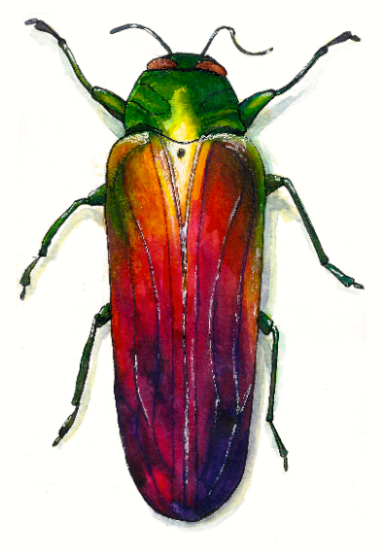

This should give you an idea of the thought process we go through when approaching a new species. Let's take the Giant African Flower Beetle or Mecynorrhina torquatus ugandensis (MTU) as an example. Therefore, I would recommend moving adults to a new breeding box every 4 weeks, and that at the same time, you remove the eggs from the substrate and set them up in seperate containers. The size of the species? Are they likely to damage previously laid eggs when burying?įor example, Dicronocephalus wallichii requires sphagnum moss and dried leaves to create small 'parcels' which it lays its eggs inside.Īre larvae cannibalistic and if so, how quickly will they begin to eat one another if hatching in the same container?įor example, Mecynorrhina harrisi is a very cannibalistic species that will begin eating each other in the first instar.

How many eggs is each female capable of laying? However, there are a few things that can be taken into consideration Īre the males aggressive and how much damage are they capable of doing to one another? There is no perfect formula for calculating exactly what size container to use for any given species. The amount of beetles/larvae that can be housed in relation to the size of the rearing container varies a lot from one species to another. Repeat the process until you have achieved the desired consistency. If the substrate is too wet then add more leaf/soil/wood. If it is too dry then add 250 ml water, mix thoroughly and check again. The substrate should clump together and hold its shope when squeezed in your hand, but should not be dripping wet. A few larger chunks here and there are not a problem, as long as the substrate is more fine than course. Step 4: Mix the wood and leaf until all you are left with is a fine substrate. Note: For MTU we use a mix of around 80% decayed leaves to 20% decayed wood. They should be soft and rotten enough that they can be easily mulched up by hand and are still nice and white inside. This should break up the dry leaves crumbling them into fine pieces. Step 2: Add some dry decayed oak/beech leaves and mix it up thoroughly. We usually find that most of the eggs are deposited on or inside this compressed layer. This is something we do not do for all species, but find with some of the larger flower beetles it really helps to encourage egg laying in the females. Step 1: Compress around 2 inches of soil into the bottom of the rearing box.


 0 kommentar(er)
0 kommentar(er)
